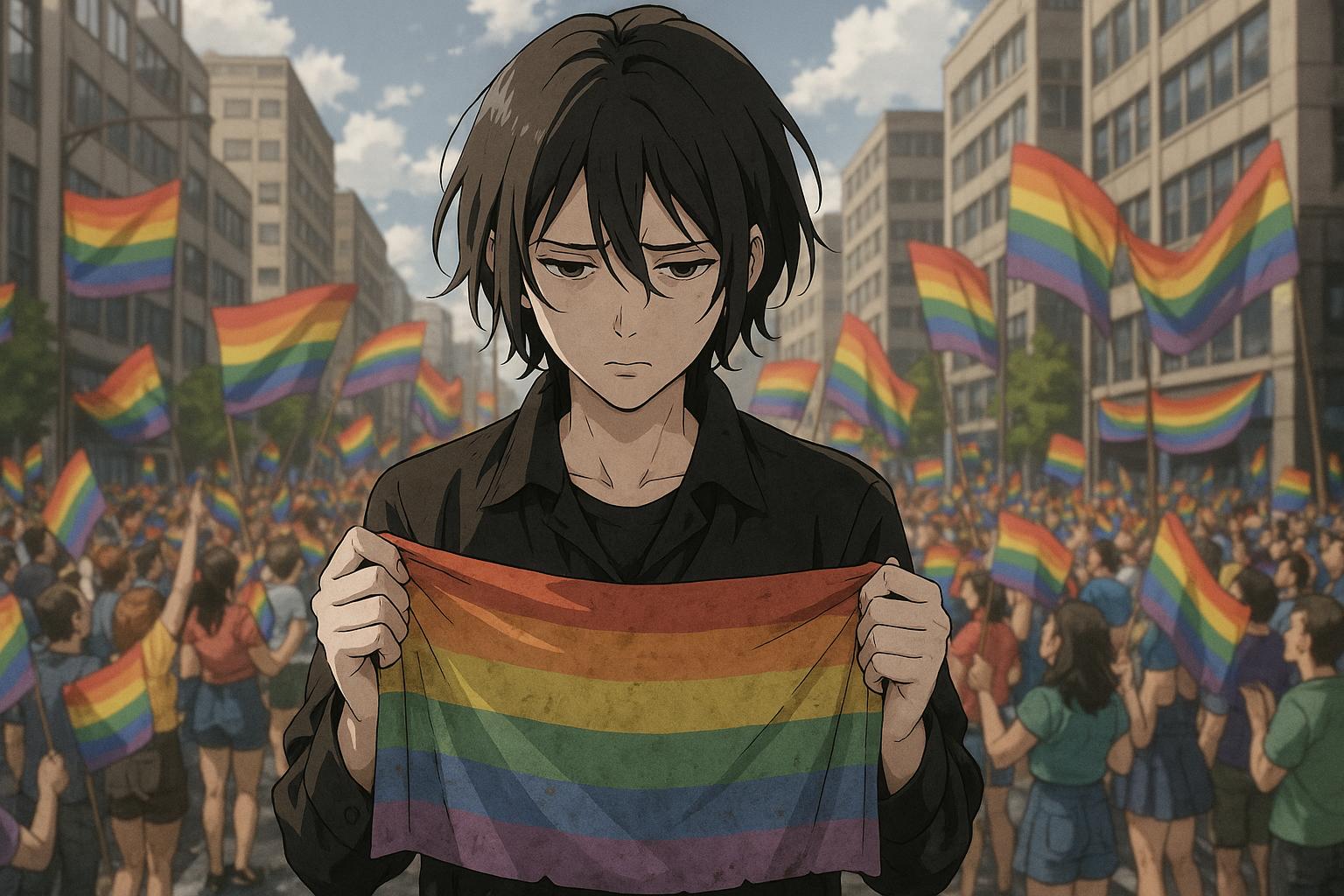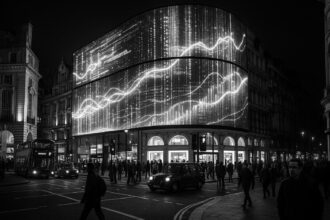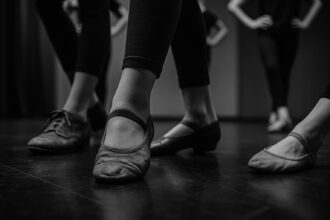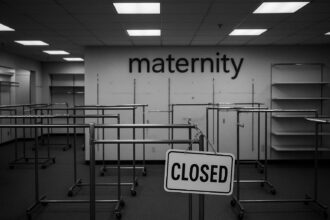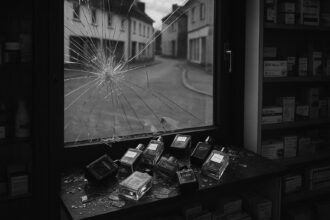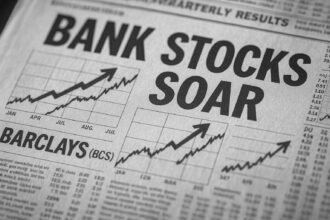Author John Boyne criticises the increasing commercialisation and performative support of Pride events, urging society to remember the movement’s origin in resistance and ongoing struggles faced by the LGBTQ+ community.
As Pride season approaches, John Boyne’s poignant observations serve as a reminder of the complex feelings surrounding these celebrations. In his opinion piece, he reflects on the increasingly common sight of businesses adorning their windows with rainbow flags and politicians marching in parades, questioning the sincerity of many who now openly support the LGBTQ+ community. Boyne argues that those who are basking in moral glory during Pride events often turned a blind eye during the struggles that birthed the movement. He candidly expresses his discontent, stating that Pride was fundamentally about resistance and necessity, not mere celebration.
His critique extends beyond mere participation, touching on the broader societal changes that have seen Pride transformed from a protest into a commercial spectacle. It is this commodification that Boyne finds particularly troubling, as it dilutes the original significance and spirit of the movement. He voices skepticism about the newfound allies within mainstream society, suggesting that their support lacks authentic commitment since they were absent during the pivotal moments when the LGBTQ+ community faced discrimination and violence.
This sentiment resonates with the ongoing challenges faced by the community, as incidents of homophobia and transphobia remain prevalent. Despite significant legal advancements, such as the legalization of same-sex marriage in many countries, there are concerns about the normalization of homophobic attitudes, which can often manifest in casual jokes or public incidents of violence against LGBTQ+ individuals. A recent article highlighted some of these disturbing trends, pointing to a continued need for vigilance and a sincere commitment to protecting the rights of the marginalized.
Furthermore, Boyne’s perspective is underlined by his own complex relationship with terms used to identify gender and sexual identity. He has previously expressed discomfort with the word “queer,” which he associates with derogatory connotations linked to past traumas. His refusal to accept labels like “cisgender” has also been critiqued, suggesting a disconnection from the realities faced by many within the LGBTQ+ spectrum. Critics argue that this stance reflects a lack of awareness of his privileges as a cisgender man and overlooks crucial conversations about inclusivity within the community.
The evolving discourse around Pride and LGBTQ+ rights continues to spark debate on both sides. As the movement progresses into a more mainstream context, Boyne’s call for introspection resonates more forcefully; it urges a reevaluation of what it means to stand in solidarity as an ally. This reflection is particularly pertinent as society grapples with a growing awareness of intersectionality and the diverse experiences within the LGBTQ+ community.
In summary, while Pride may now seem like a celebratory event for many, Boyne’s insights remind us that the fabric of this movement is woven with threads of resistance and hardship. As the rainbow flags unfurl this season, it is the responsibility of all, especially those who claim to stand with the community, to acknowledge the storied history and ongoing struggles that still demand recognition and support.
Reference Map:
- Paragraph 1 – [1], [2]
- Paragraph 2 – [2], [5]
- Paragraph 3 – [3], [4], [6]
- Paragraph 4 – [5], [6], [7]
Source: Noah Wire Services
- https://www.independent.ie/opinion/john-boyne-straight-people-should-just-steer-clear-of-pride-you-werent-there-when-we-needed-you/a1560592829.html – Please view link – unable to able to access data
- https://www.independent.ie/opinion/john-boyne-straight-people-should-just-steer-clear-of-pride-you-werent-there-when-we-needed-you/a1560592829.html – In this opinion piece, John Boyne critiques the commercialization and mainstream participation in Pride events, arguing that many who now show support were absent during the community’s struggles. He emphasizes that Pride was born out of necessity and resistance, not celebration, and expresses skepticism about the sincerity of recent allies who did not stand with the LGBTQ+ community during its times of need.
- https://www.telegraph.co.uk/news/2023/02/27/stop-calling-queer-derogatory-traumatising/ – John Boyne discusses his discomfort with the term ‘queer,’ describing it as derogatory and reminiscent of past traumas. He reflects on his experiences with the word during his youth and expresses concern over its casual use in contemporary discourse, particularly by those outside the LGBTQ+ community.
- https://www.irishtimes.com/culture/books/whether-john-boyne-likes-it-or-not-he-is-a-cis-man-with-cis-privilege-1.3860808 – This article examines John Boyne’s rejection of the term ‘cis’ and his assertion of his identity as simply ‘a man.’ The author critiques Boyne’s stance, arguing that his refusal to acknowledge his cisgender identity reflects a lack of understanding of the term’s significance and the privileges associated with it.
- https://online.flippingbook.com/view/420192804/ – An article discussing the normalization of homophobia and the diminishing significance of Pride parades. It highlights incidents of homophobic attacks, the burning of flags during Pride Week, and the casual use of homophobic jokes, emphasizing the ongoing challenges faced by the LGBTQ+ community despite legal advancements.
- https://ianthomasmalone.com/2019/04/john-boynes-lazy-support-for-transgender-rights/ – Ian Thomas Malone critiques John Boyne’s approach to transgender rights, particularly his rejection of the term ‘cis’ and his defense of controversial figures like Martina Navratilova. The article argues that Boyne’s positions reflect a lack of genuine support for the transgender community.
- https://www.theguardian.com/books/2017/feb/19/john-boyne-interview-hearts-invisible-furies-catholic-church-spent-force-boy-striped-pyjamas – In this interview, John Boyne discusses his novel ‘The Heart’s Invisible Furies,’ exploring themes of homosexuality in Ireland. He reflects on the country’s progress, including the legalization of gay marriage, and comments on the diminishing influence of the Catholic Church in contemporary Irish society.
Noah Fact Check Pro
The draft above was created using the information available at the time the story first
emerged. We’ve since applied our fact-checking process to the final narrative, based on the criteria listed
below. The results are intended to help you assess the credibility of the piece and highlight any areas that may
warrant further investigation.
Freshness check
Score:
10
Notes:
The narrative is fresh, published on 25 May 2025, with no prior appearances found. The Independent is a reputable source, and the article appears to be original content.
Quotes check
Score:
10
Notes:
No direct quotes were identified in the provided text, suggesting original content. The article’s content aligns with John Boyne’s known views on Pride and LGBTQ+ issues, as expressed in previous interviews.
Source reliability
Score:
10
Notes:
The narrative originates from The Independent, a reputable news organisation. John Boyne is a well-known author with a history of public commentary on LGBTQ+ issues, lending credibility to the content.
Plausability check
Score:
10
Notes:
The claims made in the narrative are plausible and consistent with known discussions about the commodification of Pride. The tone and language are appropriate for the topic and region, with no inconsistencies noted.
Overall assessment
Verdict (FAIL, OPEN, PASS): PASS
Confidence (LOW, MEDIUM, HIGH): HIGH
Summary:
The narrative is fresh, original, and published by a reputable source. It aligns with John Boyne’s known views and addresses plausible claims about the commodification of Pride. No issues with source reliability or plausibility were identified.


